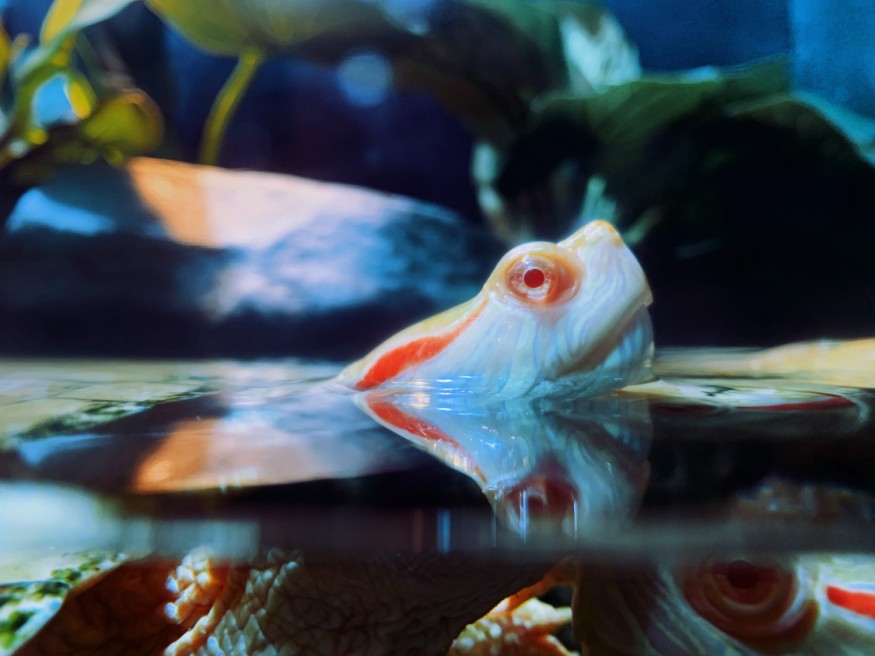A rare albino Galápagos giant turtle made its public premiere at a Swiss zoo.
Two tortoises were born at the Tropiquarium in the western town of Servion last month as part of a conservation initiative for the endangered species. One is albino, while the other is black like its parents.

A rare albino Galapagos giant tortoise was born last month at a Swiss zoo https://t.co/i9tmVUbKd2 pic.twitter.com/J7UfAbVq2a
— Reuters (@Reuters) June 4, 2022
Their gender has not yet been established. On February 11, the mother, who weighs over 100 kilos, lay five eggs, and the albino youngster hatched on May 1. After spending two and a half months in an incubator, the other baby hatched on May 5.
The father is over 180 kilograms, while newborn turtles are about 50 kilos and fit in the palm. The mating couple is around 30 years old and has recently attained sexual maturity.
Galapagos Giant Tortoise
The Galapagos giant tortoise is the most renowned inhabitant of the Galapagos Islands. "Galapagos" comes from a Spanish word that means "tortoises."
Birds and tortoises have developed a symbiotic connection in which the birds pluck ticks off the tortoises' skin folds. Mating can be seen at any time of year; however, it is most common during the warmer season (January to May). This species has a low mating success rate of roughly 2% to 3%.

The male makes loud roaring noises throughout the mating process, taking several hours. After mating, the female migrates to a nesting place when she digs a hole with her back feet into which she deposits 2 to 16 tennis-ball-sized eggs. The sun incubates the eggs, and the baby tortoises hatch after around 130 days.
Albinism
You may have seen an albino animal if you've ever encountered an exceptionally white creature or noticed its pink eyes! Albinism has been found in many Iowa species, from snails and fish to robins and deer.
Albinism is caused by cells that cannot synthesize melanin, the pigment that gives skin, scales, eyes, and hair its color. When both parents have the recessive gene, the disorder is passed on to the children. When an animal has albinism, it might seem white or pink.
Sensitive Animals
Leucism occurs when an animal is albino (pure albino). Pink eyes, nails, skin, and/or scales are found in pure albino animals. Blood vessels visible through the skin give the skin its pink hue. Leucism causes animals to have a lighter color pattern than average.
Apart from their looks, these animals frequently suffer from albinism-related concerns, such as vision impairments. Irises, retinas, eye muscles, and optic nerves may not grow correctly if melanin is absent. This can affect the albino critter's concentration, depth perception, and tracking.
Lacking melanin, which helps protect skin from the sun, increases melanoma chances. This presents problems for sun-basking animals and typically results in the albino animal's mortality.
For the most recent updates from the animal kingdom, don't forget to follow Nature World News!
© 2025 NatureWorldNews.com All rights reserved. Do not reproduce without permission.





